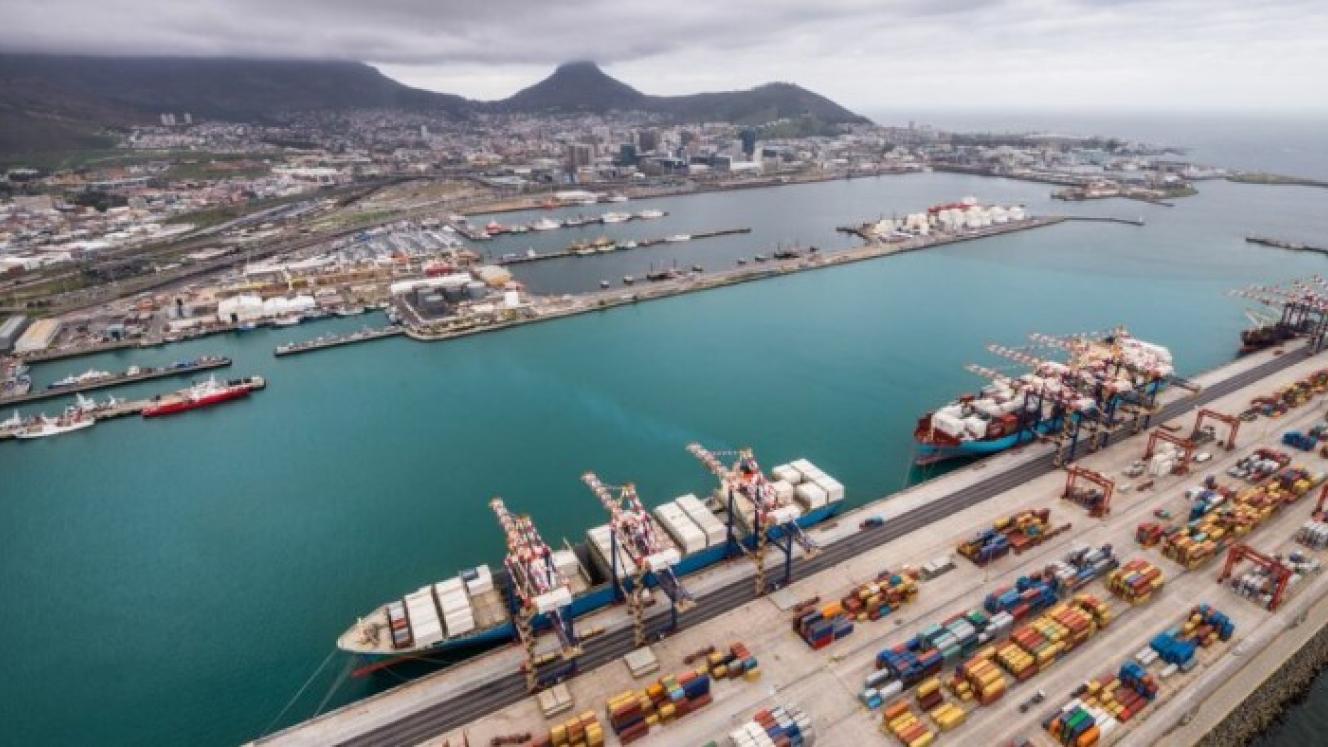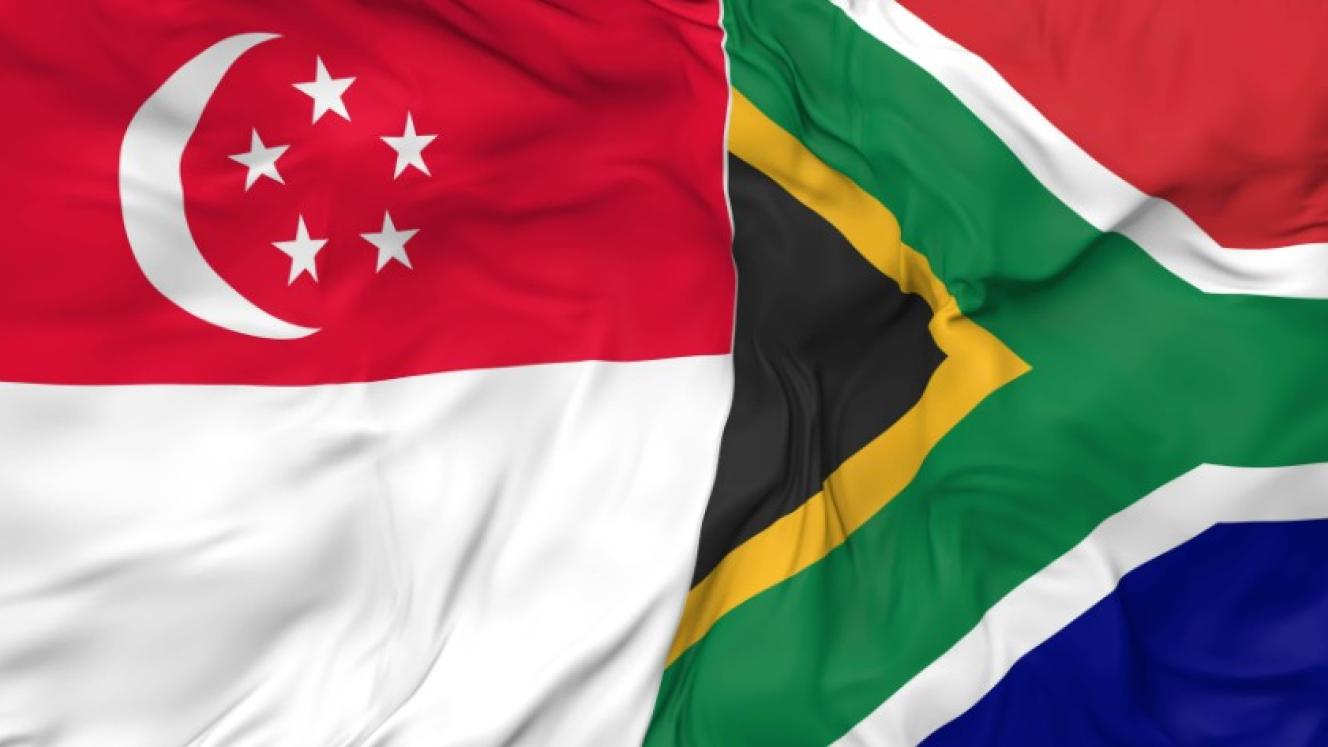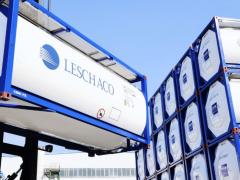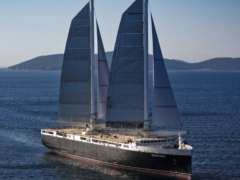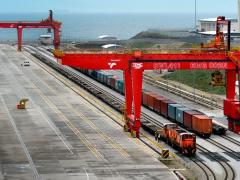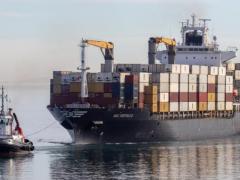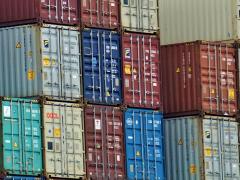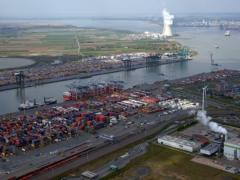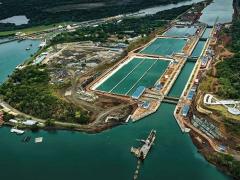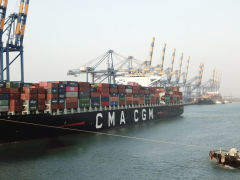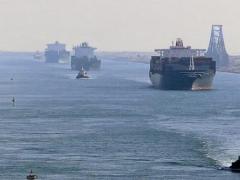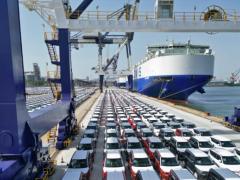South Africa’s state-owned terminals operator has said throughput data for May shows that targets were exceeded for the arrival, berthing and departure of vessels.
Transnet Port Terminals (TPT) said its performance in May was “in line with its shipping agreements, across three of its five container terminals, handling various set volumes on time”.
According to a TPT statement, “The Ngqura Container Terminal achieved 96% compliance, while the Port Elizabeth Container Terminal and the Cape Town Container Terminal (CTCT) achieved 86% and 83%, respectively.
“The Durban Container Terminals (DCT) Pier 1 and Pier 2 continue ramping (up) performance on the quayside.
“As such, DCT Pier 1 achieved 68% compliance, while DCT Pier 2 recorded 43%, but improvements have seen these two terminals improve to 100% and 50%, respectively in the first two weeks of June 2025.”
Moving into June, the combined average for all terminals heralded a compliance rating of 80% in the first two weeks of this month, TPT said.
Terminals chief executive Jabu Mdaki said: “Our ongoing recovery continues to yield positive results two months and two weeks into the new financial year, with zero vessels at anchor across all our container terminals over an extended period now.”
However, a private-sector port source in Cape Town, speaking on condition of anonymity, said the figures Transnet was using to supposedly underscore the notion of improved performance were misleading, especially in respect of CTCT.
She said the reason why there were no vessels at anchorage in Table Bay was because most vessels were simply not calling at the port, electing instead to head to other ports further along the coastline.
In the latest Container Movement Update by the South African Association of Freight Forwarders and Business Unity SA, it is also reported that, in addition to adverse weather and vacant berths, operations were “characterised by continuous equipment breakdowns and shortages”.
The update specifically mentioned that “equipment challenges and vacant berths ensured operational disruptions at the Port of Cape Town”.
It added, “The main operational constraints in Durban proved to be continuous equipment breakdowns and adverse weather.
“Inclement weather, vessel ranging, and vacant berths mainly impacted our Eastern Cape Ports operations.”
In the meantime, equipment improvement at CTCT remains on track, with three rubber-tyre gantry cranes expected to be commissioned in early July, and a further six later that same month, said another anonymous source*.
This was confirmed by Transnet recently in a statement detailing new-equipment commission at CTCT.
Mdaki said despite the delayed arrival of vessels owing to harsh weather conditions at sea, particularly affecting vessels from Europe and the Far East, year-on-year refrigerated container volumes for the 2025/2026 financial year were 5% higher at the end of May 2025.
“South Africa is in citrus season with its exports destined for over 100 markets.
“The beginning of the season last month was strong.”
Mdaki added that increased volumes were expected through more berthing capacity and anticipated assembly of new ship-to-shore cranes.
“We are creating capacity to make South Africa win. It’s important to us to make our customers globally competitive.”
* Although Freight News endeavours to strengthen posts by identifying sources, we have to respect the wishes of company owners fearing victimisation.
